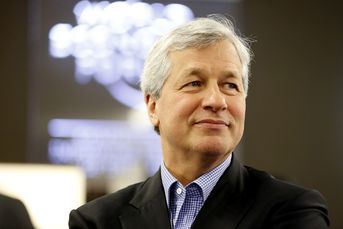Investors do better with low-cost funds: Morningstar
Low-cost funds and automatic investing programs can help narrow gap between fund performance and investors' returns.
If investors want to narrow the much-publicized shortfall between mutual funds’ money-weighted and time-weighted returns and their own returns in those funds, they should use systematic investment programs and invest in lower-cost funds, according to research from Morningstar.
In its first global study of investor returns, “Mind the Gap 2017,” Morningstar found that investor returns across the globe varied from stated returns, on average, by a range of -1.40% to 0.53% per year for the five years through the end of 2016. The gap in the two return figures is largely the result of buy and sell timing decisions on the part of fund investors.
(More: Popularity of index funds and ETFs driving down average costs: Morningstar)
The research company examined open-end mutual fund data from Australia, Canada, Hong Kong, Luxembourg, Singapore, South Korea, Taiwan, the United Kingdom and the United States, and calculated average asset-weighted investor returns and average total fund returns. It also looked at the effect on investor returns of four factors: expense ratio, risk, standard deviation and manager tenure.
“Steady investment contributions to savings plans and automatic rebalancing proved to be key in generating positive investor returns in countries including Australia, South Korea and the United States,” said Russel Kinnel, chair of Morningstar’s North America ratings committee.
“As savings plans increasingly offer an automatic investment option, investors are also getting more access to lower-cost funds. Our research demonstrates that, when sorted on fees, lower-cost funds produced better investor returns across the board, a trend surfacing in Luxembourg and the United States,” he said.
(More: Investments that advisers should look at in an overheated market)
In Australia, where corporate pension plans known as superannuation funds mandate hefty contributions by employers, investors benefited from the largest positive investor return gap at 0.53% per year.
In the U.S., the investor return gap shrunk to 37 basis points annualized over 10 years from 54 basis points for the 10 years ended 2016, indicating that investors are making less harmful market timing calls.
When grouped by expense ratio, investor returns declined as funds rose in cost, often by more than the difference in cost.
The report was produced by Morningstar’s Canadian subsidiary.
Learn more about reprints and licensing for this article.







